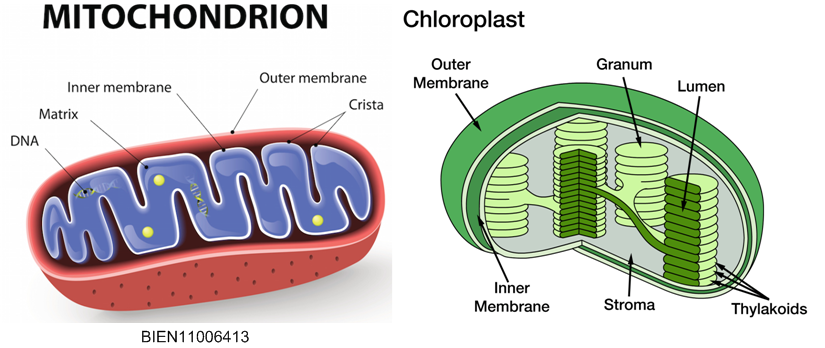 Match The Following
Match The Following| A. Cristae | (i) Flat membranous sacs in stroma |
| B. Cisternae | (ii) Infoldings in mitochondria |
| C. Thylakoids | (iii) Disc-shaped sacs in Golgi apparatus. |
 Long Answer Type
Long Answer Type
 Multiple Choice Questions
Multiple Choice Questions Short Answer Type
Short Answer Type Long Answer Type
Long Answer Type Short Answer Type
Short Answer Type Long Answer Type
Long Answer Type Short Answer Type
Short Answer Type Long Answer Type
Long Answer Type Short Answer Type
Short Answer Type